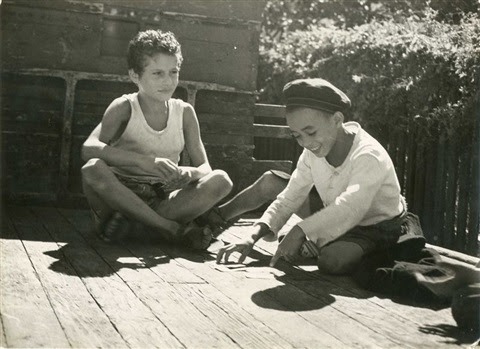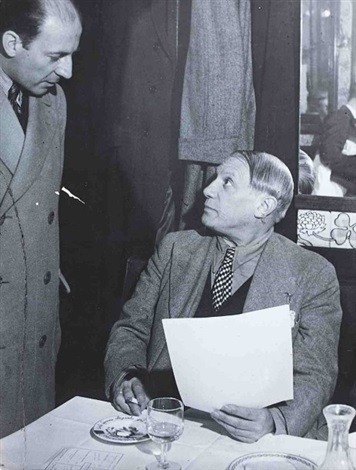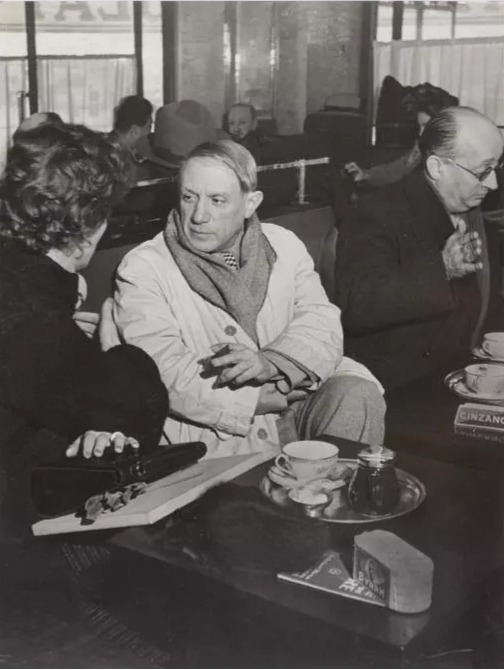1899 - 1984
Brassaï, born Gyula Halász in the Kingdom of Hungary Transylvania, followed many of his contemporaries to Paris after the First World War. Arriving in the French capital, where his father had taught at the Sorbonne, Brassaï (who took his name from his hometown of Brassó) often used his camera at night, crafting an atmosphere of mystery from the illumination, the darkness and the shadows. His debut photographic collection, simply titled Paris de Nuit (1933), captured the city's underworld: prostitution, tranvestitism, opium dens and music halls.
Brassaï also photographed high and artistic society: the ballet and the opera, Salvador Dalí and his great friend Picasso, and from 1935 was employed by Harper's Bazaar. Although his photographic oeuvre was eclectic and impressive, photography was not Brassaï's only medium: he drew (exhibiting his sketches in 1945), wrote and sculpted. Still, it was the vibrancy his lens captured - lights reflected in the still surface of the Senne, street photography and graffiti, nocturnal cityscapes and society soirees - that cemented Brassaï as one of the great artists to document Paris.
Brassaï achieved great fame and success in his lifetime, his work straddling an unusually fine line between the seedy, the ambiguous and the beautiful. He died in 1984 at his home near Nice.



